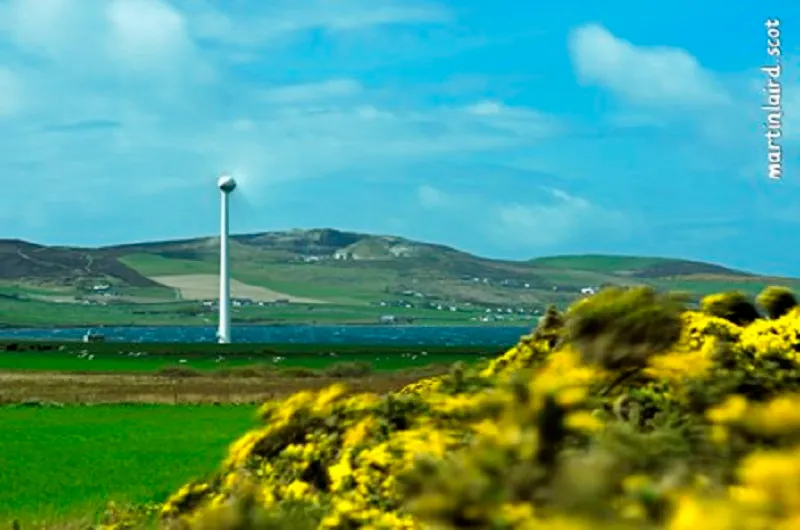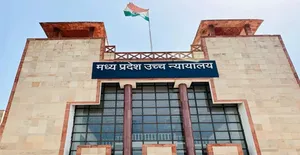Copyright theorkneynews

Work is expected to commence as early as Spring of 2027 in Orkney for the Quanterness portion of OIC’s West of Orkney Windfarm project. OIC secured a £62.1million debt facility from the UK Government’s National Wealth Fund to construct the Quanterness Windfarm on the outskirts of Kirkwall adjacent to the main road from Stromness. The building of Quanterness, and the possible future construction of OIC owned windfarms on the islands of Faray and Hoy, along with proposed developments at Costa and Hesta, enabled a deal to be made to install another subsea cable link to mainland Scotland. The Quanterness project for the six-turbine 28.8MW windfarm is projected by the developers to see any profits eventually accruing from energy generated to bring in an annual surplus of £3million and over a period of 25 years an estimate of £120million to OIC. For the Kirkwall/ St Ola Community where the windfarm is sited the community benefit is estimated at £86,400 annually with the remainder of the £144,000 being shared out across Orkney. What is a debt facility ? OIC will be able to pay for the development because they have secured from the UK National Wealth Fund a £62.1million debt facility. The loan is being provided through the National Wealth Fund’s Local Authority Advisory and Lending team and will cover the cost of building the Quanterness windfarm which was an essential element in securing the subsea cable deal. The NWF loan provided to Orkney Island Council, provides low-cost, flexible and long-term financing for the community wind farm, meaning no further draw from the Council’s Strategic Reserve Fund (SRF) is required to deliver the project – with an option to return funds spent to date back to the SRF through the loan. – National Wealth Fund. The UK Government’s Chancellor of the Exchequer, Rachel Reeves, said: “We are investing in Britain’s renewal, and this loan will provide clean energy for homes and businesses to strengthen Scotland’s energy security for years to come.” The other parts of The West of Orkney Windfarm Project are not included in this loan. It applies only to the construction of Quanterness. Commenting on the loan Councillor Heather Woodbridge, Leader of Orkney Islands Council said: “This is the latest stage in what is an immense project for our Council, not only in its scale and ambition but also in its transformative impact on our community and the services we provide. “The Quanterness project – as well as supporting the interconnector – will provide the Council with much needed income to support vital Council services. In our discussions with our community they have been consistently clear that they hugely value the services we provide, and they want to protect them. “In order to achieve that community aspiration this Council must explore all opportunities available to us – and the Quanterness wind farm is a great example of that. The Orkney Community Windfarms Project is made of up Quanterness, Faray, and Hoy. Faray is today an uninhabited island but is an important breeding ground for grey seals. The windfarm project consists of six wind turbines that are 149 metres height from ground to blade tip with a 28.8MW capacity. A great deal of infrastructure is required for this project including a new improved jetty, roads, and subsea cabling, etc. Hoy is the second largest island in Orkney and contains a large RSPB reserve. The Hoy project consists of six wind turbines that are 149 metres height from ground to blade tip with a 28.8MW capacity. The location of the project has many challenges due to the nature of the geography of the site. Orkney’s landscape will be dominated as never before by large wind turbines. It already produces of 100% of renewable energy through its existing wind turbines. Orkney is a landscape which has seen changes come and go over the centuries, however, the construction of the several new windfarms delivering renewable energy to the UK grid, will have a significant visual impact. Will that impact be seen as a worthwhile trade off if there is a bounty in £millions to the local community as put forward by OIC ? Time will tell. Fiona Grahame



